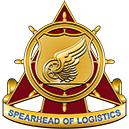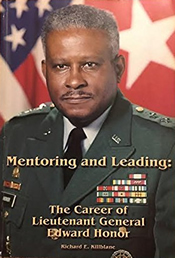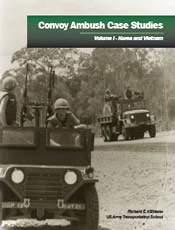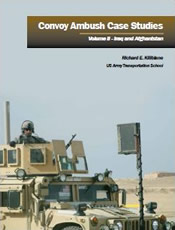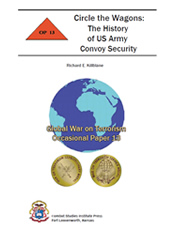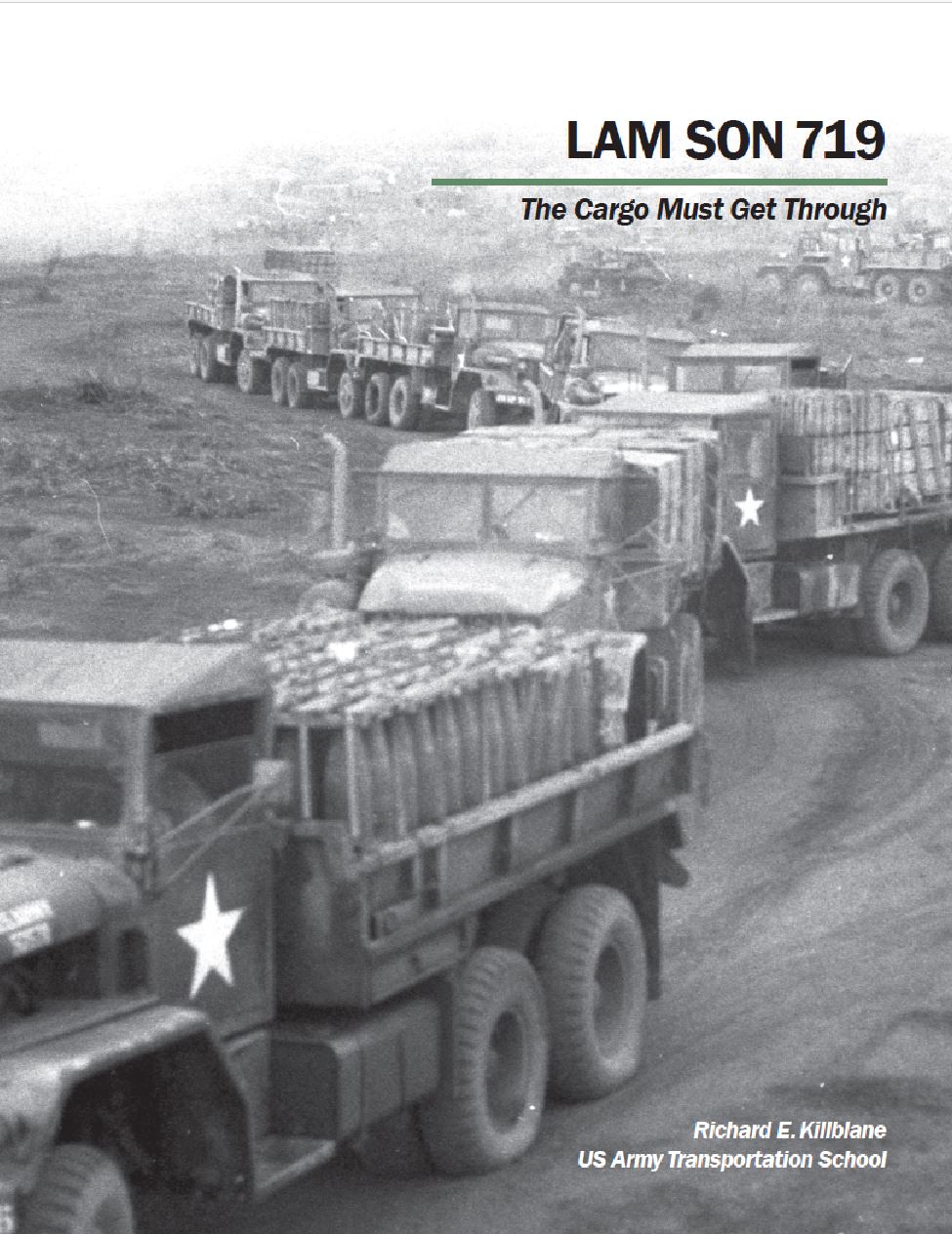Mentoring and Leading:
The Career of Lieutenant General Edward Honor
This is a handbook of being led, leading, mentoring others, finding your own mentor, character growth and exceeding all expectations of both your peers and yourself. ...the very best staff officer I have ever been exposed to. He would examine an action from every possible aspect and develop a course of action to handle the action successfully. He would discuss the action with peers as well as subordinates to obtain the broadest possible understanding of the impact of the particular action. This method served Ed well, for he invariably had no difficulty when it came to obtaining concurrences on a staff action. Ed also was not shy in expressing his views to his superiors, even when those views were perhaps not what they wanted to hear. You will see this in his discussions with Admiral Carroll, whom Ed served in the Office of the J-4, Office of the Joint Chiefs of Staff. You will also see this in his discussions with General Wickham, then the Army Chief of Staff.
Convoy Ambush Case Studies
Vol. I, Korea and Vietnam
This is the first book dedicated to the study of convoy ambushes. It chronicles the lessons of both wars and describes incredible feats of heroism of truck drivers defending truck drivers. The Vietnam War was the golden age of gun trucks with art work and names to reflect the élan of the crews. Knowing that every engagement would always start on the enemy’s terms and at his chosen sites, the crews of the gun trucks were the Army’s version of gunslingers; reacting, recovering, and fighting while never faltering. Young men made life and death decisions to save the lives of other truck drivers. Three such men received Medals of Honor for their ultimate sacrifices. The summation of these case studies will provide the reader an understanding of this aspect of two wars and lessons of convoy security.
Convoy Ambush Case Studies
Volume II – Iraq and Afghanistan
Following the terrorist attack on September 11, 2001, the US Army found itself fighting two wars without any established front lines again turning logistics convoys into combat operations. A new generation of young men and women, with little formal training in or preparation for these operations, battled daily with the enemy to get their cargo through. In doing so the wars in Iraq and Afghanistan saw the rebirth of gun trucks and convoy security doctrine that went beyond the lessons of the Vietnam War. Against an enemy that used the desert and mountains to their tactical advantage, convoy tactics, techniques and procedures quickly evolved to counter the most violent opposition encountered by US forces. Each ambush recounts in vivid detail incredible acts of heroism by both military and civilian truck drivers as they struggled to survive under harrowing conditions and knowing they would go back out on the road again the next day. The last chapter sums up lessons that have remained consistent through three wars and reveals valuable insights from units that either managed to avoid ambushes or defeated their ambushers. The study of both volumes will arm the reader for future conflicts and teach how to conduct convoy security in multiple combat environments.
Circle the Wagons:
The History of US Army Convoy Security
Circle the Wagons: The History of US Army Convoy Security is the 13th study in the Combat Studies Institute (CSI) Global War on Terrorism (GWOT) Occasional Papers series. Transportation Corps Historian Richard Killblane's manuscript on convoy security is another case study modern military professionals can use to prepare themselves and their soldiers for operations in the current conflict. This work examines the problems associated with convoy operations in hostile territory and the means by which units can ensure they are ready to deal with an enemy ambush or assault. Killblane provides a brief overview of the US Army's experience in convoy operations and convoy protection from the period of the War with Mexico up to and including the current conflict. He then presents an in-depth look at the development of "hardened convoy" tactics, techniques, and procedures (TTPs), focusing on the 8th Transportation Group's experiences in Vietnam. That group had the dubious honor of conducting its missions along Highway 19, arguably the most dangerous stretch of road during the Vietnam War. Killblane describes the group's initial experiences and how, over time, various commanders and soldiers developed methods and means of defeating the enemy's evolving tactics. The hardened-convoy concept is one that, frankly, receives little attention by Army leaders in peacetime-the lessons from which each new generation of soldiers seems painfully destined to relearn. Logisticians, contractors, and those military leaders responsible for such operations in the current struggle against terrorism will gain useful knowledge for developing hardened-convoy TTPs from this occasional paper. More important, we at CSI desire that this study be read by future generations of leaders, before they have to conduct such operations, so that their mission and the soldiers entrusted to them will prosper from the lessons of the past. CSI-The Past is Prologue.
Lam Son 719:
The Cargo Must Get Through
When students of war think of heroic battles, truck drivers usually do not come to mind, but the Vietnam War changed that. By 1970, the long drawn-out ground war for the Americans had entered its fifth year. Accumulating intelligence indicated that the North Vietnamese Army (NVA) was building up their logistical bases across the Laotian border. General Creighton Abrams, the new Commander of Military Assistance Command, Vietnam (MACV), rightfully anticipated that the NVA was planning a major offensive to coincide with the 1972 United States’ national elections. To do so the enemy had to stockpile supplies early in 1971 before the rainy season slowed down traffic along the Ho Chi Minh Trail. Consequently, Abrams wanted to strike first and disrupt this buildup of supplies. Since the U.S. Congress had passed a law after the Cambodian incursion that prevented U.S. ground troops from crossing the border again, the Army of the Republic of Vietnam (ARVN) would have to conduct the cross-border operation alone. Three ARVN divisions would march into Laos just south of the Demilitarized Zone (DMZ) to sever the enemy supply line. The 5th Mechanized and 101st Airborne Divisions would reopen and secure Route 9 to the North Vietnamese border. The American artillery would provide the ARVN troops indirect fire support from Khe Sanh and the law did not restrict American combat helicopters from providing support to ground troops across the border. So helicopters and artillery from the 101st Airborne Division (Air Assault) would directly support the operation. All other American support was to these units. The Americans called this Operation Dewey Canyon II; the Vietnamese named it Lam Son 719. This became one of the great heroic operations by truck drivers during the Vietnam War.
